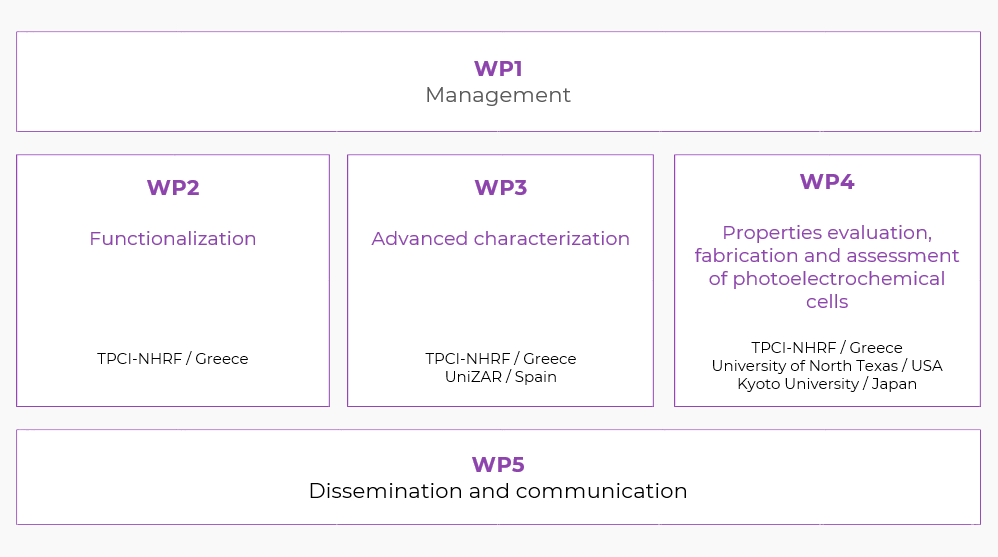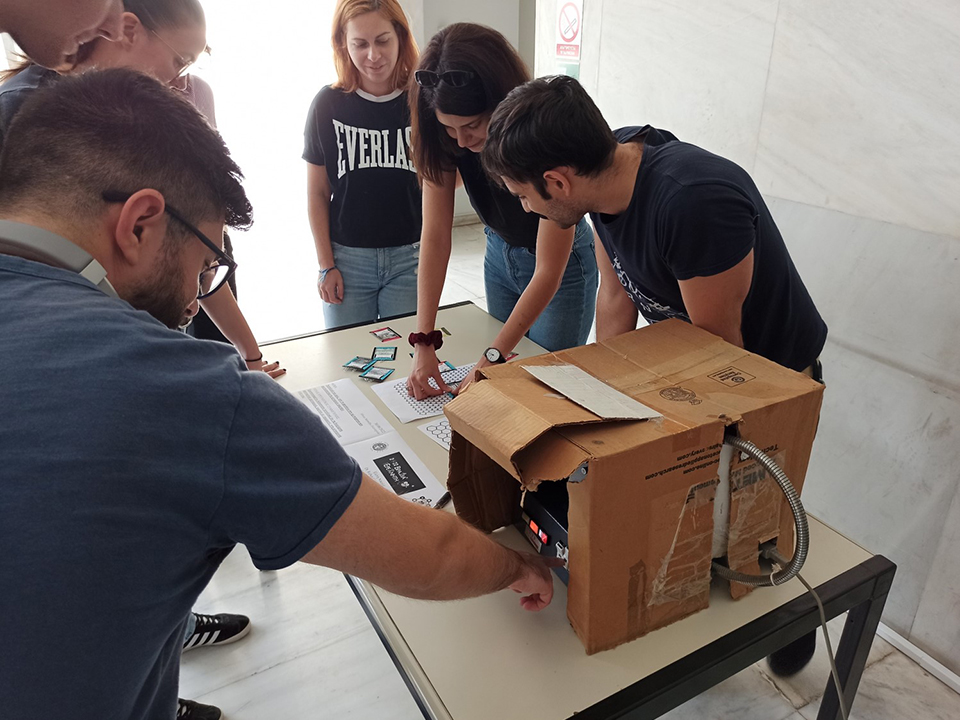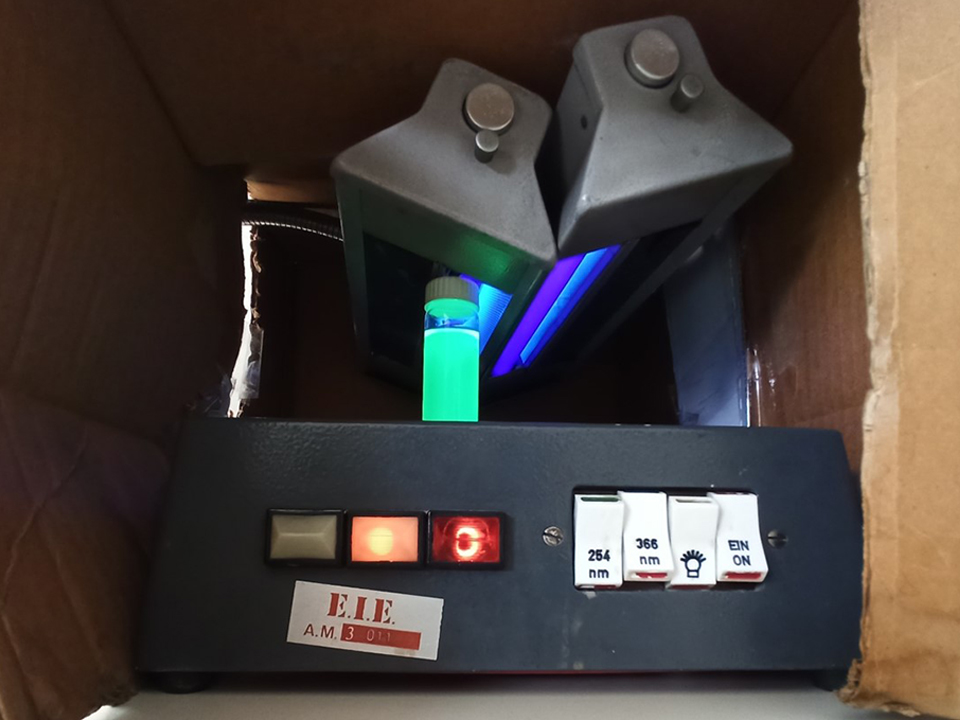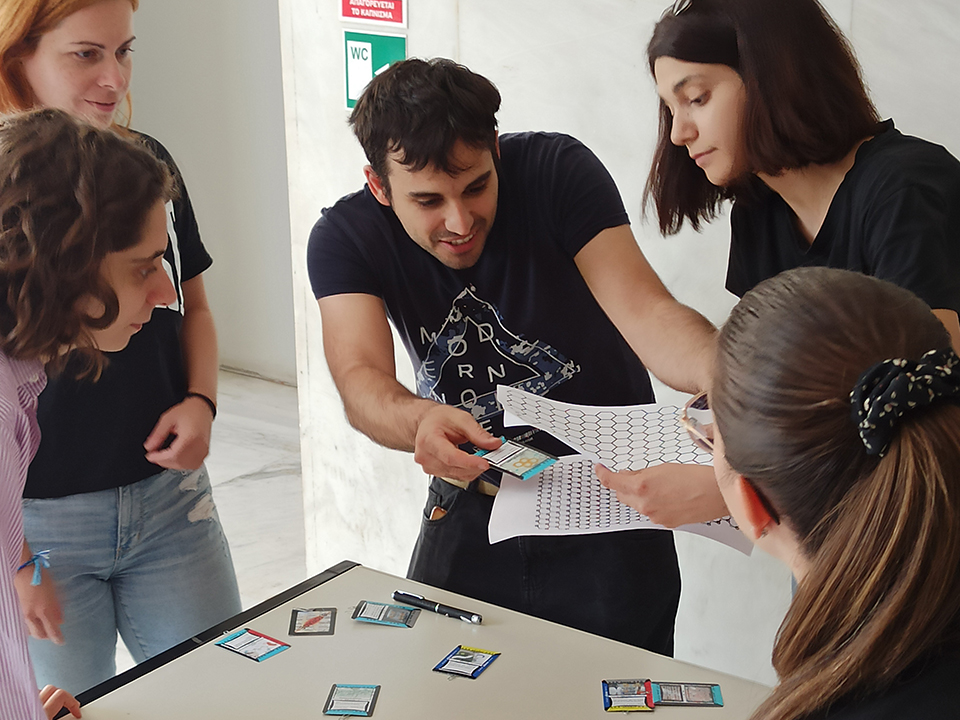Functionalized two-dimensional transition metal dichalcogenides with organic photoactive components for energy applications
Research on TMDs incorporating photoactive units aiming energy conversion applications has yet to be fully developed. FUN2DPHOTO aims to the preparation of advanced hybrid materials composed of transition metal dichalcogenides (TMDs) and organic photoactive units for energy applications. Emphasis is placed on the design, synthesis, characterization and properties evaluation in the frame of electron donor-acceptor hybrids suitable to be employed as model electrodes in photoelectrochemical cells. More specifically, FUN2DPHOTO focuses on the functionalization of TMDs with metallomacrocycles such as porphyrins and phthalocyanines as well as boron azadipyrromethenes as Vis and NIR absorbing species, and in parallel will be investigated the role and effect of the interaction, covalent vs non-covalent, between the two species, as well as the amount/loading of the photoactive species loaded on TMDs, on the efficiency of the hybrids when employed as active electrodes in photoelectrochemical cells.
Hence, FUN2DPHOTO constitutes a major challenge and holds tremendous promise that will lead to ground-breaking developments in materials science, optoelectronics, and renewable sources. Moreover, while most of recent research endeavours on TMDs are focused on device engineering to boost performance for conventional applications, FUN2DPHOTO offers a unique opportunity to fully exploit the potential of materials engineering through chemical functionalization. With such an approach, the properties of TMDs can be tuned, via the controlled interface of TMDs with functional molecular components, making possible to impart to TMDs a multifunctional nature. FUN2DPHOTO is high-risk/high-gain that will address a fundamental breakthrough by unravelling the effect of materials engineering on the modification of fundamental physicochemical properties of TMDs. Specifically, the covalent grafting vs supramolecular interacting via electrostatic interactions or metal-ligand coordination of photoactive components on/with TMDs, targeting the development of solid knowledge on the use of principles of materials engineering, nanoscience and charge transfer phenomena at interfaces of TMDs, en route the fabrication of prototype electrodes for photoelectrochemical cells, will be employed.
Work packages

Team
Dr. Nikos Tagmatarchis
Coordinator and Principal Investigator
Ms. Eleni Nikoli
PhD Candidate
Dr. Ruben Canton-Vitoria
Postdoctoral Researcher
Papers
M. Stavrou, N. Chazapis, E. Nikoli, R. Arenal, N. Tagmatarchis, S. Couris, “Crystalline phase effects on the nonlinear optical response of MoS2 and WS2 nanosheets: Implications for photonic and optoelectronic applications”, ACS Appl. Nano Mater. 2022, 5, 16674
C. Stangel, E. Nikoli, N. Tagmatarchis, “Transition metal dichalcogenides interfacing photoactive molecular components for managing energy conversion processes”, Adv. Energy Energy Sustainability Res. 2022, 3, 2200097.
Conferences
“Chemical functionalization of two-dimensional transition metal disulfides”
R. Canton-Vitoria, N. Tagmatarchis
X Mediterranean Organic Chemistry Meeting”, Valencia, Spain, October 19-21, 2022 (oral presentation)
“Covalently modified MoS2 with zinc phthalocyanine for managing photoinduced charge-transfer phenomena”
R. Canton-Vitoria, H. B. Gobeze, Y. Jang, F. D’Souza, V. M. Blas-Fernando, J. Ortiz, F. Fernandez-Lazaro, A. Sastre-Santos, N. Tagmatarchis
Advances and Applications in Carbon Related Nanomaterials: From pure to doped structures including heteroatom layers – HeteroNanoCarb 2023”, Benasque, Spain, January 9-13, 2023 (poster presentation)
External Collaborators (not funded)
Prof. Francis D’Souza
Department of Chemistry, University of North Texas (UnivNT) USA
Prof. Hiroshi Imahori
Department of Molecular Engineering, Graduate School of Engineering, and Institute for Integrated Cell-Material Sciences, Kyoto University (KyotoU) Japan
Dr. Raul Arenal
Institute de Nanociencia de Aragon, Universidad de Zaragoza (UniZar) Spain
Contact
For details and inquiries, please contact the Project Coordinator Dr. Nikos Tagmatarchis [[email protected]]

The research project was supported by the Hellenic Foundation for Research and Innovation (H.F.R.I.)
under the “2nd Call for H.F.R.I. Research Projects to support Faculty Members and Researchers” (Project Number: 2482).






